Archives
- 2025-12
- 2025-11
- 2025-10
- 2025-09
- 2025-03
- 2025-02
- 2025-01
- 2024-12
- 2024-11
- 2024-10
- 2024-09
- 2024-08
- 2024-07
- 2024-06
- 2024-05
- 2024-04
- 2024-03
- 2024-02
- 2024-01
- 2023-12
- 2023-11
- 2023-10
- 2023-09
- 2023-08
- 2023-07
- 2023-06
- 2023-05
- 2023-04
- 2023-03
- 2023-02
- 2023-01
- 2022-12
- 2022-11
- 2022-10
- 2022-09
- 2022-08
- 2022-07
- 2022-06
- 2022-05
- 2022-04
- 2022-03
- 2022-02
- 2022-01
- 2021-12
- 2021-11
- 2021-10
- 2021-09
- 2021-08
- 2021-07
- 2021-06
- 2021-05
- 2021-04
- 2021-03
- 2021-02
- 2021-01
- 2020-12
- 2020-11
- 2020-10
- 2020-09
- 2020-08
- 2020-07
- 2020-06
- 2020-05
- 2020-04
- 2020-03
- 2020-02
- 2020-01
- 2019-12
- 2019-11
- 2019-10
- 2019-09
- 2019-08
- 2019-07
- 2019-06
- 2018-07
-
Introduction Quassinoids are natural products formed
2019-08-28
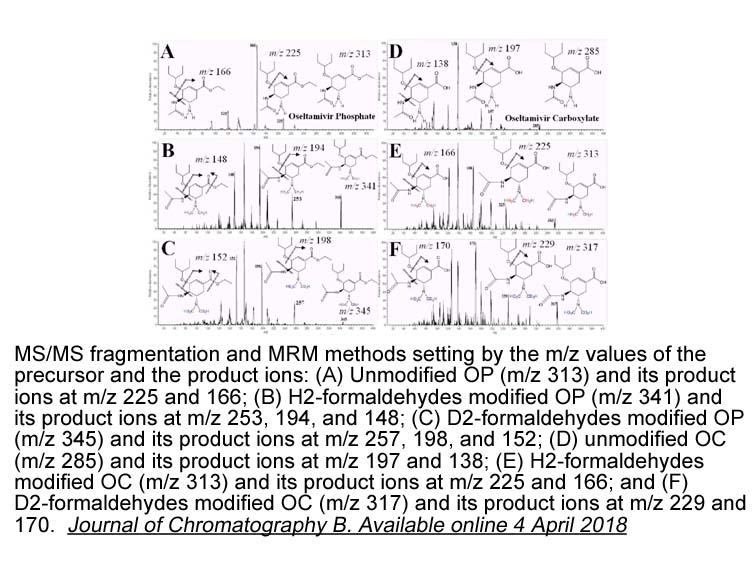
Introduction Quassinoids are natural products formed through the oxidative degradation of triterpene derivatives with anti-inflammatory, antimicrobial, antineoplastic, and antiplasmodial effects (Chakraborty and Pal, 2013; Houël et al., 2013). They are characteristic ingredients of the family Sima
-
br Results br Discussion SDF performs
2019-08-28
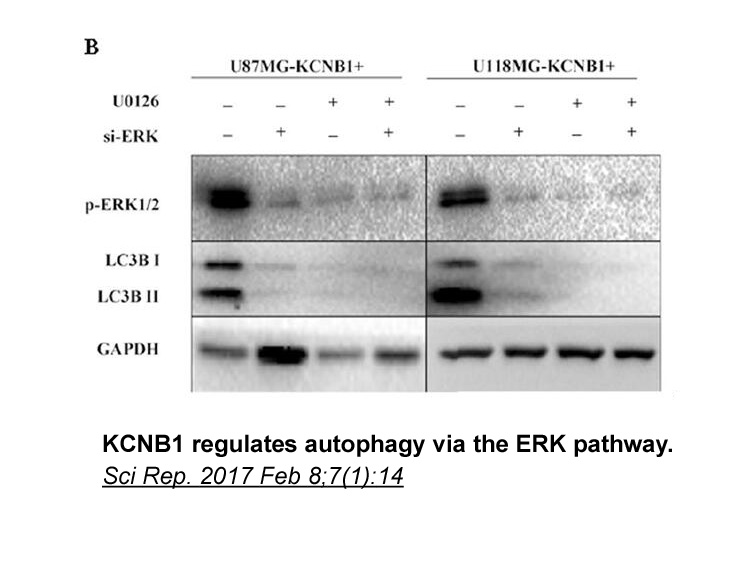
Results Discussion SDF-1 performs essential roles in cell migration and proliferation, acts as neuromodulator; and is also involved in many pathological processes including human immunodeficiency virus infection, metastatic malignancy, and chronic inflammatory disorders (Feng et al., 1996, Li
-
These contrasting results observed with intra BNST combined
2019-08-28
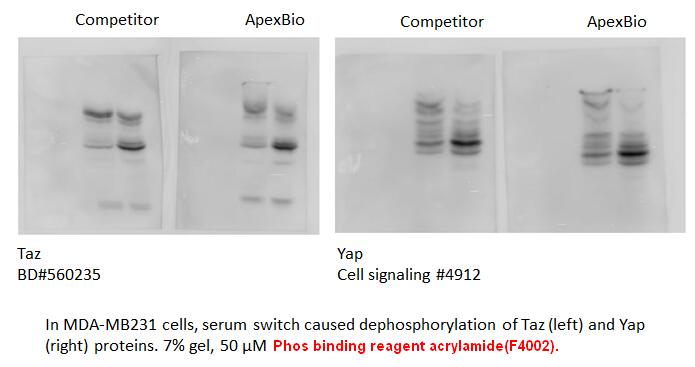
These contrasting results observed with intra-BNST combined injections of NOC-9 and CP 376395 on freezing (in the novel arena) versus anxiety-related behavior (in the EPM) suggest that CRF neurotransmission within this forebrain limbic site could be mainly involved in the modulation of more subtle a
-
Stable isotope studies applied to skeletal remains of
2019-08-28
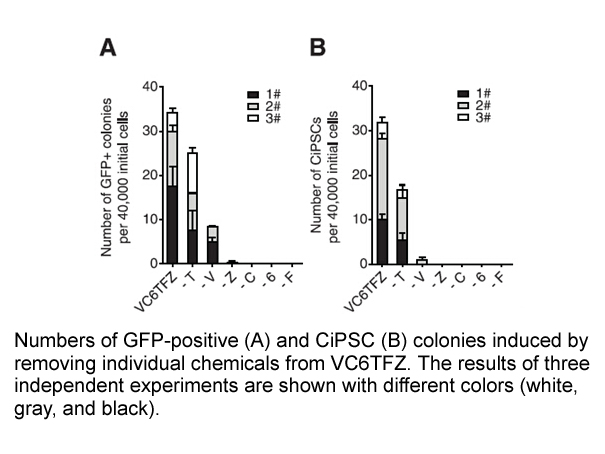
Stable isotope studies, applied to skeletal remains of early Pacific populations, have shown a trend toward a horticultural diet with temporal variation in response to local environmental conditions (Field et al., 2009; Kinaston and Buckley, 2013; Valentin et al., 2010, Valentin et al., 2014; Kinast
-
Early VL diagnosis makes it possible to formulate a quicker
2019-08-27
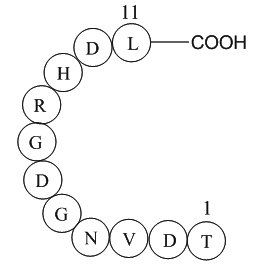
Early VL diagnosis makes it possible to formulate a quicker and more effective treatment against the disease, which could increase the possibility of a cure for the patients, as well as reduce the toxicity of the drugs (Coelho et al., 2009); however, conventional and molecular parasitological method
-
br Introduction The identification of genetic variants that
2019-08-27

Introduction The identification of genetic variants that influence susceptibility to Parkinson\'s disease (PD) determines functional studies, the generation of model systems and directs therapeutic strategies. To date, classical candidate gene association studies and genome-wide approaches have f
-
br Materials methods br Results and discussion The
2019-08-27

Materials & methods Results and discussion The comparison of BFI methods (Table 1) shows that Phosphatesmo failed to detect seminal fluid in all samples. This observation is concordant with other studies that investigated water-exposed seminal fluid stains [6], [7]. The Phosphatesmo test is us
-
br Acknowledgments We thank Jon
2019-08-27
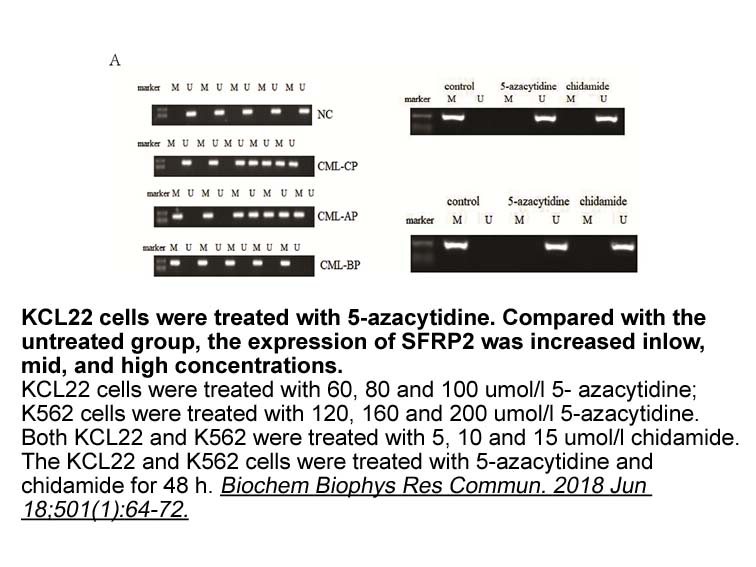
Acknowledgments We thank Jon Clardy, Juan Manuel Domínguez, José Francisco García Bustos, and the GlaxoSmithKline (GSK) Plasmodium falciparum dihydroorotate dehydrogenase project team for their contributions, helpful advice, and discussions. Introduction Dihydroorotate dehydrogenase (DHODH) i
-
Of the acidic hydroxyazoles involved hydroxypyrazole had
2019-08-27
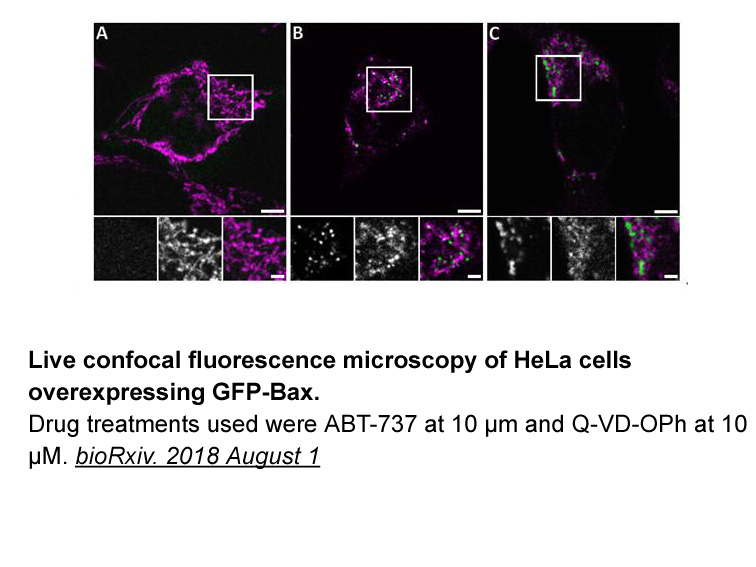
Of the acidic hydroxyazoles involved, hydroxypyrazole had the weakest acidic profile (pKa in the range of 6–7), although highly deprotonated at physiological pH. During hit optimization, the two pyrazole ring positions available for substitution provide an opportunity for a better exploration of the
-
We aim to apply the same
2019-08-27

We aim to apply the same technology to target other collagen-binding proteins using motifs from collagens that are specific for other receptors or matrix components. Previously, we synthesized THP libraries, called Toolkits, composed of an active guest sequence flanked by five GPP host triplets that
-
br Materials and methods br Acknowledgements SD
2019-08-27
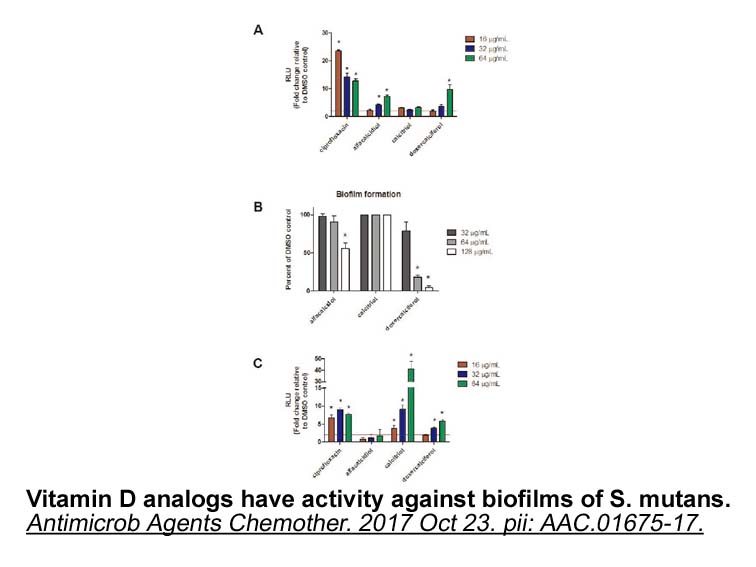
Materials and methods Acknowledgements SD was supported by a pre-doctoral research fellowship from the Flanders Agency for Innovation and Entrepreneurship (VLAIO-Flanders, Belgium). YB is supported by a postdoctoral fellowship from Research Foundation Flanders (FWO, Belgium). We thank Isabelle
-
It is well known that CysLTs exert
2019-08-27
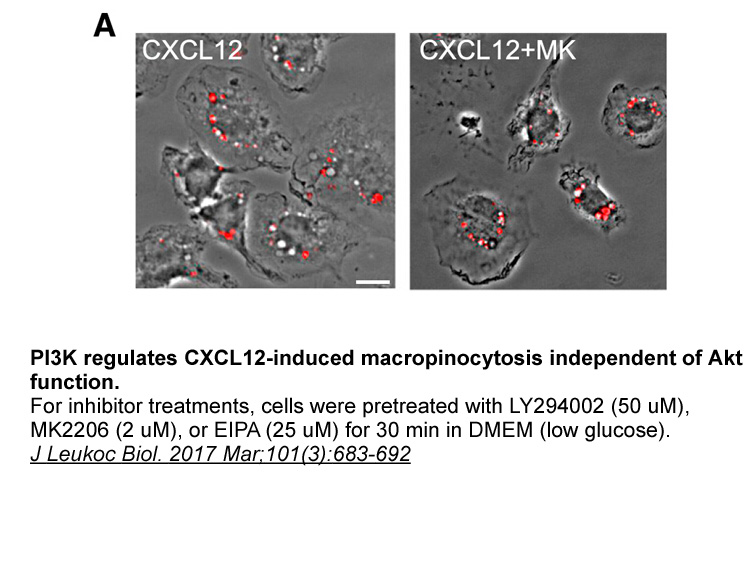
It is well known that CysLTs exert potent contractile action on human bronchial smooth muscles through activation of CysLT1 receptors. Indeed, in vitro antigen-induced contraction of passively sensitized human bronchial tissue is markedly suppressed by a pre-treatment with CysLT1 receptor antagonist
-
Studies have shown that the cultivation of BMSCs under hypox
2019-08-27
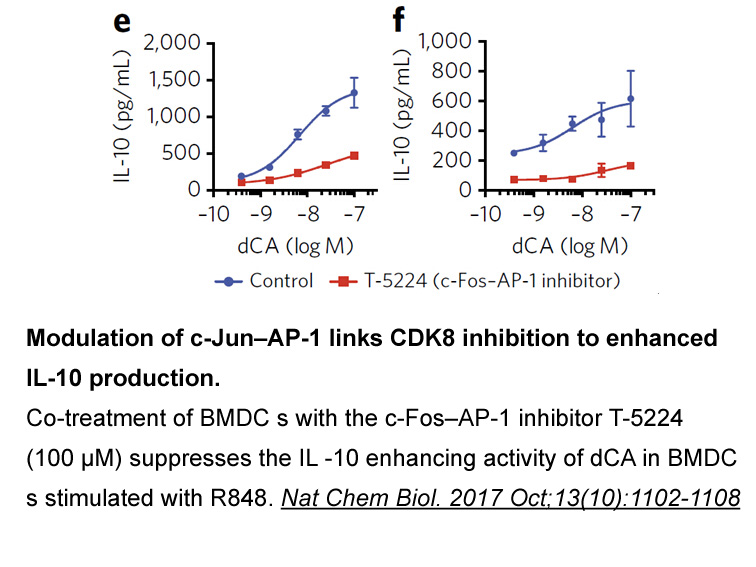
Studies have shown that the cultivation of BMSCs under hypoxic conditions, treating with cytokines (such as HGF, IGF-1 and IL-6) and viral-mediated CXCR-4 gene delivery have been shown to re-establish CXCR-4 expression on the surface of stem TNF-alpha, recombinant human protein (Liu et al., 2010, L
-
In previous works Wang et al the
2019-08-27
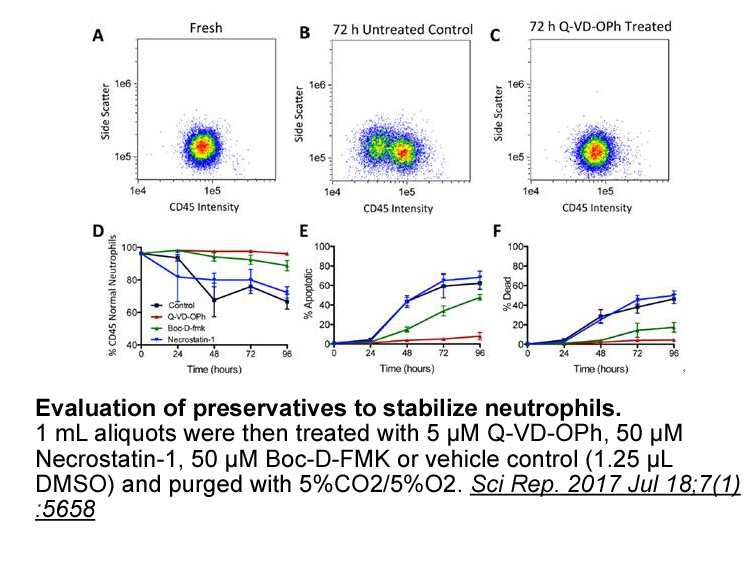
In previous works (Wang et al. [4,5]), the PR-CPA EoS has been applied to describe the solubilities of hydrocarbons (including methane, ethane, propane, n-butane, n-pentane, n-hexane, benzene, toluene, and ethyl-benzene) and mercaptans (including methyl mercaptan and ethyl mercaptan) in aqueous MDEA
-
So what can we glean from
2019-08-27

So what can we glean from this illuminative foray into how Chk1 and MK2 participate in checkpoint control? First and foremost, this work reveals that Derquantel deficient in the tumor suppressor p53 contain two spatially distinct G2/M phase checkpoint control kinase networks. This provides compelli
15390 records 1002/1026 page Previous Next First page 上5页 10011002100310041005 下5页 Last page